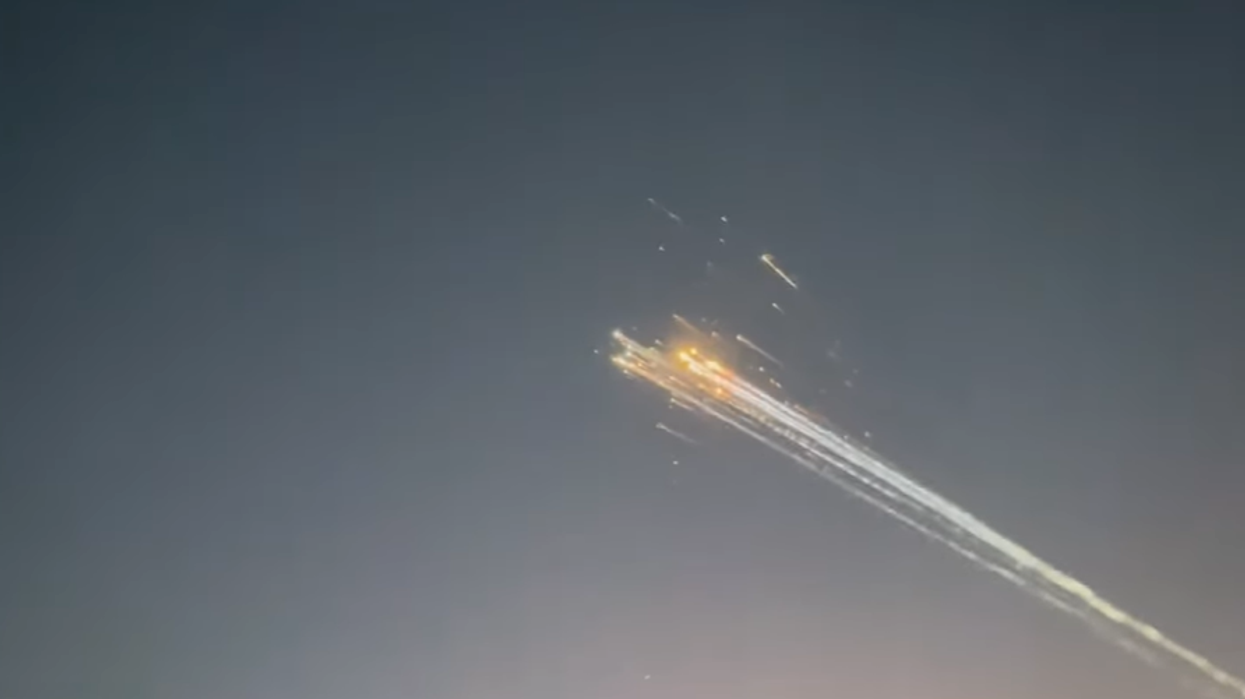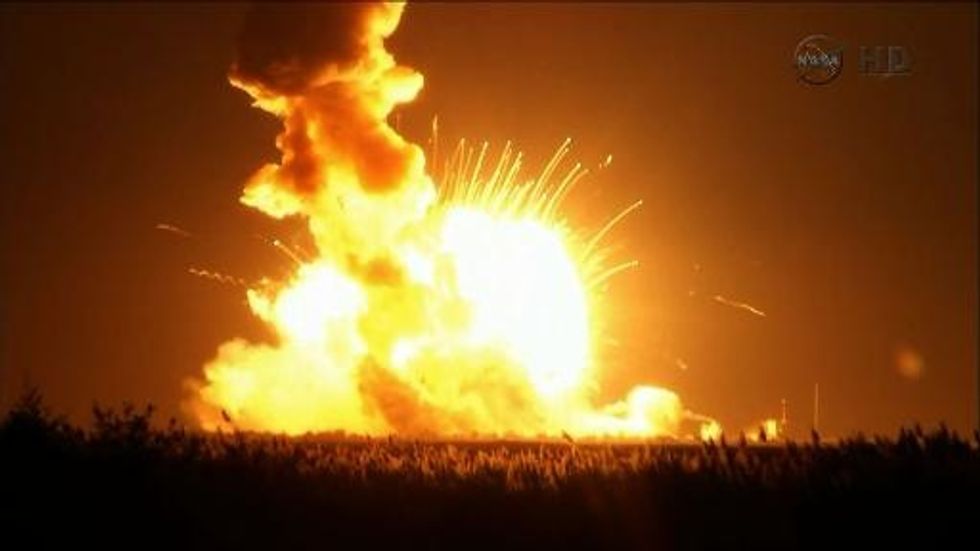'We Have Lost Contact': Musk Spacex Rocket Blows Up Again
Tesla and SpaceX CEO Elon Musk may have an additional work-related headache outside of the public outcry to his ongoing efforts to slash public budgets.
TechCrunch reported Thursday evening that the SpaceX Starship Flight 8 launch ended in failure after less than nine minutes. The unmanned rocket managed to leave its Texas launch pad intact, and the SpaceX launch tower caught the rocket's booster after it successfully separated once reaching space. However, eight minutes and nine seconds into the flight, the ship began spiraling out of control.
"We just saw some engines go out, it looks like we are losing attitude control of the ship," SpaceX communications manager Dan Huot said during the company's broadcast of the launch. "At this point we have lost contact with the ship."
This is roughly the same amount of time it took for the Flight 7 launch to fail in January. Pro-Elon Musk site Teslarati noted that the previous Starship rocket failed approximately eight minutes and 20 seconds after launch. An investigation attributed Flight 7's failure to a propellant leak in one of the ship's Raptor engines that caused "flashes" roughly two minutes into the flight.
After Flight 8's failure, SpaceX's official X account posted a statement describing the failed launch as a "rapid unscheduled disassembly" during its ascent burn.
"Our team immediately began coordination with safety officials to implement pre-planned contingency responses. We will review the data from today's flight test to better understand root cause," SpaceX tweeted. "As always, success comes from what we learn, and today’s flight will offer additional lessons to improve Starship's reliability."
SpaceX remains one of the biggest government contractors even as Musk's Department of Government Efficiency, or DOGE, is cancelling millions of dollars in federal contracts across multiple agencies. ABC News reported in February that the South African centibillionaire's space exploration company had $3.7 billion in federal contracts as of fiscal year 2024.
Reprinted with permission from Alternet.












